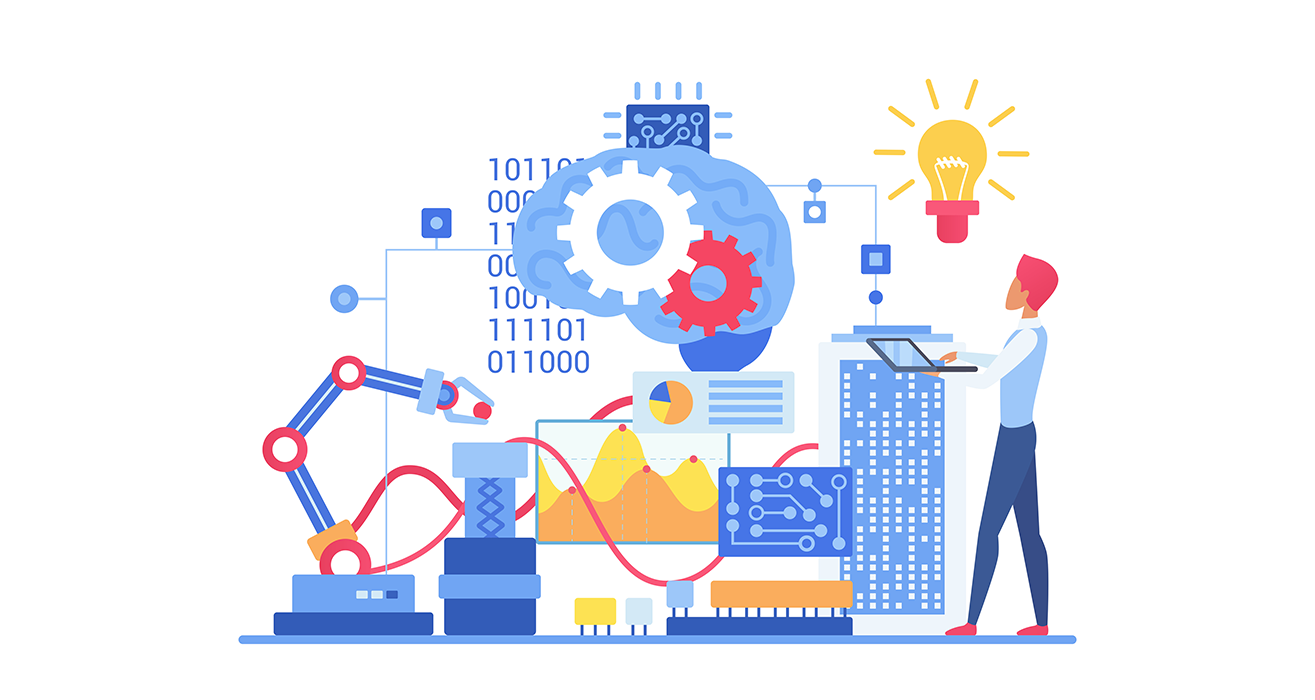In the last few months, artificial intelligence has struck gold in the field of image creation, and its capabilities are improving fast. Trained on millions of images from across the internet, AI generated art can be sparked from a single prompt, producing several images in a matter of minutes.
In comparison, AI generated video is still in its early stages and relatively primitive. However, if the rampant growth of AI imaging is anything to go by, the next few years could see a huge improvement in the technology involved, and by extension, the rise of commercially viable AI animation.
Millions of people already use AI video technology on a regular basis – bringing photographs of their ancestors to life with the app MyHeritage. Through integration of D-ID, an AI trained on tens of thousands of videos, the software applies realistic animations to still portraits, from head tilts to blinks and smiles. Other software like RADiCAL and Plask use a similar approach to isolate human figures from a video source and use these renders as a guide for animation.
Though the above software uses artificial intelligence, they do not use the same principles that AI image generators do. Namely, you cannot enter a description to output a video, meaning creative freedom with AI video software is severely limited.
However recent, more robust developments such as Meta’s ‘Make-a-Video’ software spell a bright future for AI animation. With this new industry accelerating at such a fast rate, we’re excited to see what will be capable in the future and the possible applications AI can have when creating animation.
If you would like to learn more about how animators can collaborate with AI, feel free to contact us at hello@shootyou.co.uk



